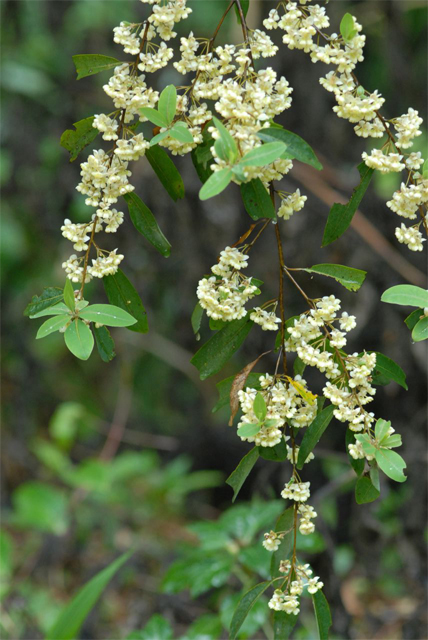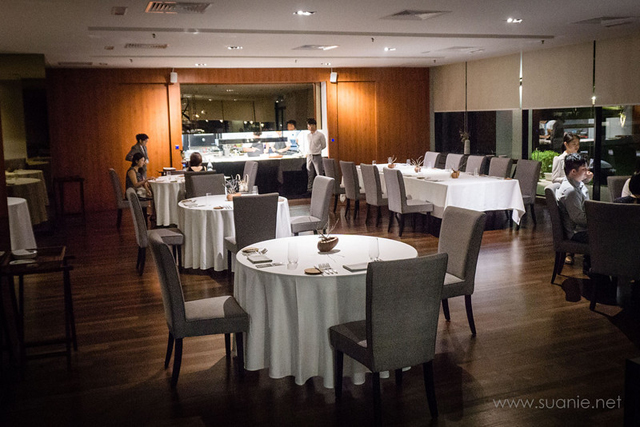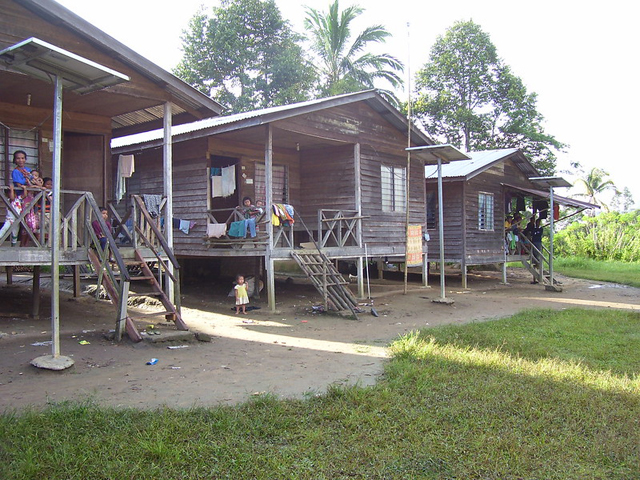The Semai and some of the other Orang Asli societies have been introducing to Malaysian chefs tasty wild foods which the latter are starting to incorporate into the dishes they prepare for their restaurants. An article published in Aljazeera.com on November 1 explains that the original people of Malaysia are experts in finding and using forest foods. The new development is that some of the restaurants are finding creative ways to prepare local foods for their customers that the indigenous people supply.

For instance, Raymond Tham, the chef at the restaurant Beta KL in Kuala Lumpur, was taking a walk with a guide from a hotel in the Cameron Highlands when the Orang Asli ranger started picking tiny berries from trees and giving them to the visitor to taste. Tham found that they “had a strong citrus oil that burst out when squeezed.”
The ranger, who was extremely knowledgeable about the forest, told the chef that the fruit, known as Litsea cubeba, is filled with essential oils and it is often used by the Orang Asli when they cook fish. Tham plans to experiment with the berries in his restaurant by making a citrusy essence with them and adding it to his seafood dishes.

Beta KL and another restaurant, Dewakan, are known for creatively using ingredients prized by the indigenous people. The two restaurants claim that 80 percent of the ingredients they use in their dishes are domestic and based on the produce of each season. Other restaurants also include some wild ingredients in their dishes but these two pioneer in presenting them in appealing ways.
The chefs collaborate with the Orange Asli communities to obtain their relatively rare foods from the forests, which are among the most biologically diverse in the world. One food they obtain, for instance, is kulim, a fruit that smells like truffles, looks like coconuts, and tastes like garlic. The Semai cook kulim in bamboo over a fire but Darren Teoh, the chef at the Dewakan restaurant, dries it into a powder to use as seasoning. “We basically look at an ingredient and figure out the most interesting way to use it. We don’t experiment, we just cook; it’s a trial and error process,” Teoh told Aljazeera.

Raymond Tham from the Beta KL restaurant admitted that he has to adapt his cuisine to whatever the Orang Asli are gathering at the moment. Since they only forage sustainably, he takes what he can get from them. If he is able to purchase new items, he is flexible enough to simply add new dishes to his menu.
The reporter also spoke with Gaik Kheng Khoo, who teaches at the University of Nottingham Malaysia and specializes in the culture of foods. She said that when the Orang Asli forage, they only take the foods they need. When she takes her classes on foraging tours in Orang Asli communities, she tells the students, “They don’t pluck everything, they always leave a bit of the root to grow because they are essentially caretakers of the land.”